You have to commend the R&D guys at TaylorMade for coming up with the Face Slots that features in the RSi irons. It's great to see and review technology that is groundbreaking, visible and creates that "I have to hit them" desire in you.
As you may have read in the TaylorMade RSi Irons launch feature we did, the slots on the face act to increase ball speed on off centre hits in the same way that the Speed Pocket slots on the sole of the club work for low centre strikes.
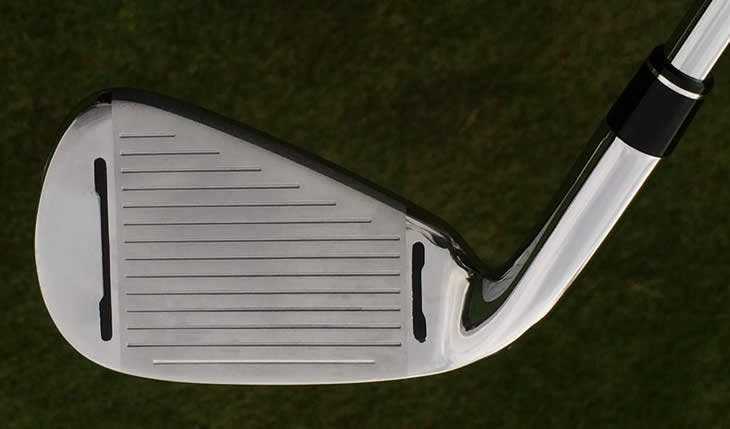
They do feel good and when I was putting them to the test on our range it was noticeable how consistent the flight of the ball was regardless of where I struck it on the face.
The feel at impact also felt good and not at all springy, which some of you may have expected with all these slots around. The Face Slots are filled with a different polymer to that in the Speed Pocket in the sole and this does the job of keeping the feel and allowing the slot to do its thing.
The RSi name stand for 'R-series Slotted Iron' and they form part of the R-series family that is aimed at those who like a bit of extra technology in their clubs:
TaylorMade RSi 1 Irons Review
The TaylorMade RSi 1 iron is set to replace the TaylorMade SpeedBlade iron, which is one of the fastest irons I have tried. The SpeedBlade really gave you the feeling that you were mashing the ball and usually you were. The face felt quite lively from the deep undercut and the Speed Pocket, but the RSi irons manage to tone this down and as a result feel a little more controllable.
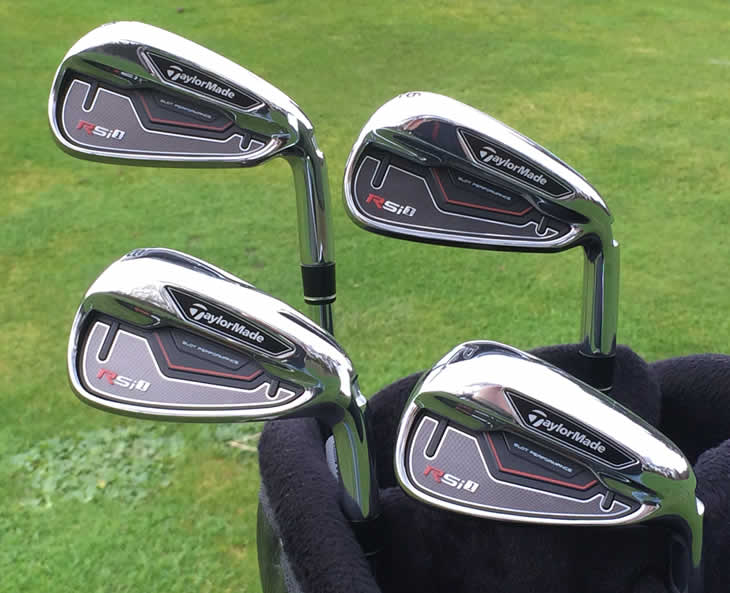
The RSi 1 also looks better than the matt silver SpeedBlade, with the shiny chrome finish and dark badge in the cavity that differentiates them from the silver backed RSi 2 irons.
At address they have the classic TaylorMade iron look of thick top lines, generous soles and a moderate hosel offset which I do like. It makes the irons look sleek and powerful at the same time and even in the 4-iron the cavity remains hidden at address, which a lot of game improvement irons don't manage.
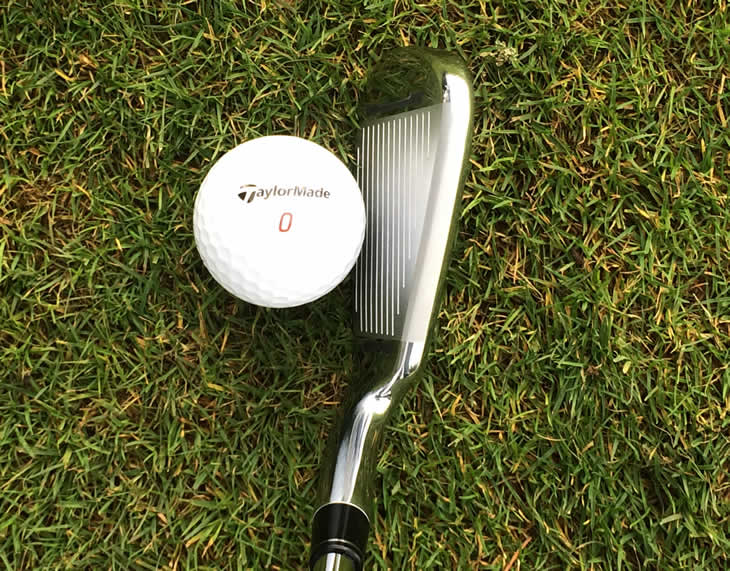
It feels wrong calling these game improvement irons though, as not only do they have the R moniker, but they also look a bit more classy than the SpeedBlade. I don't really see them as a straight replacement, but more as a player's cavity back that would suit mid-handicap golfers.
The face slots only go from the 3-iron down to the 7-iron and they are also larger than the RSi 2 irons with a 'handle bar' shape. You can feel the benefit of them as the feel is a little bouncier than in the short irons, which don't have the face slots.
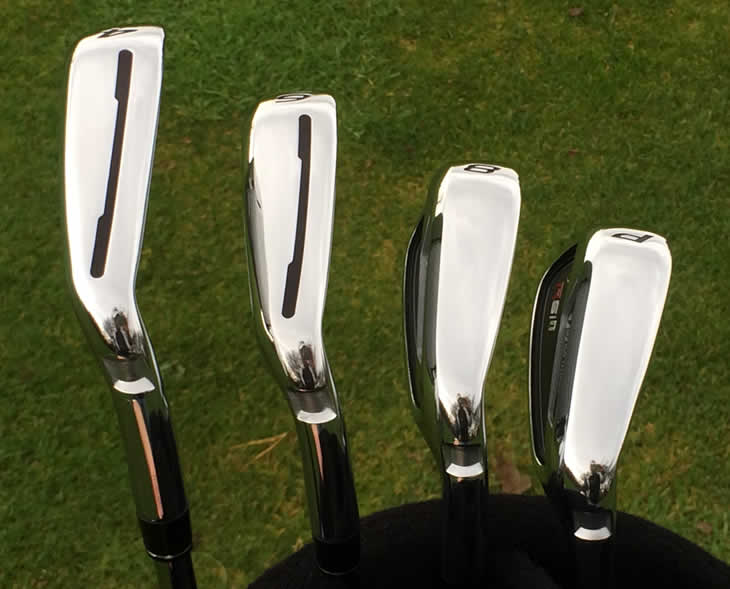
From the 8-iron to the wedges you just have the cavity back that gets narrower as the loft gets higher. As a result they do feel and sound a little different. They are a little more solid sounding like a traditional cavity back, whereas the longer irons with the Speed Pocket sound a little more hollow.

The distance was pretty competitive although from memory it did not have the same 'wow-factor' as the higher launching SpeedBlade irons, which for many higher handicappers may still be the club of choice.
TaylorMade RSi 2 Irons Review
The TaylorMade RSi 2 iron is set to replace the TaylorMade SLDR iron, which seemed a bit of a gooseberry in the previous iron family as I commented in the SLDR iron review.
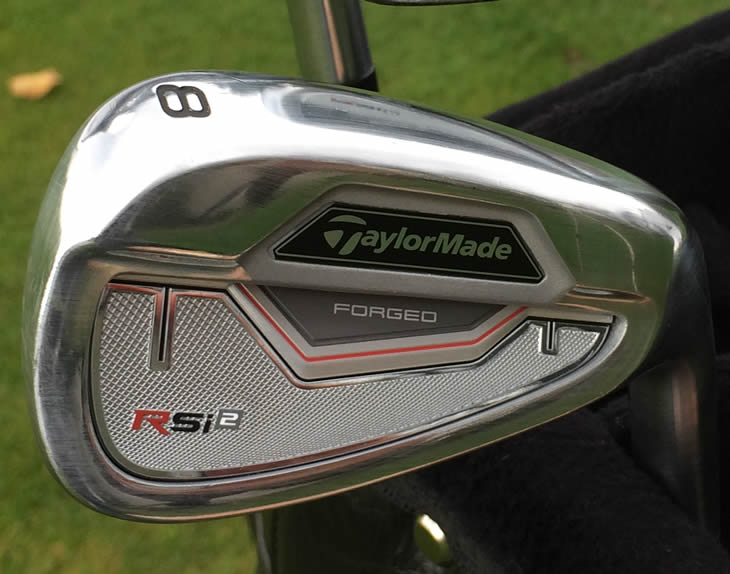
The RSi 2 certainly is a lot more confident of its fraternal position and rightly so. It follows a similar design recipe to the RSi 1, but with a smaller offset, thinner top line and a smaller cavity back.
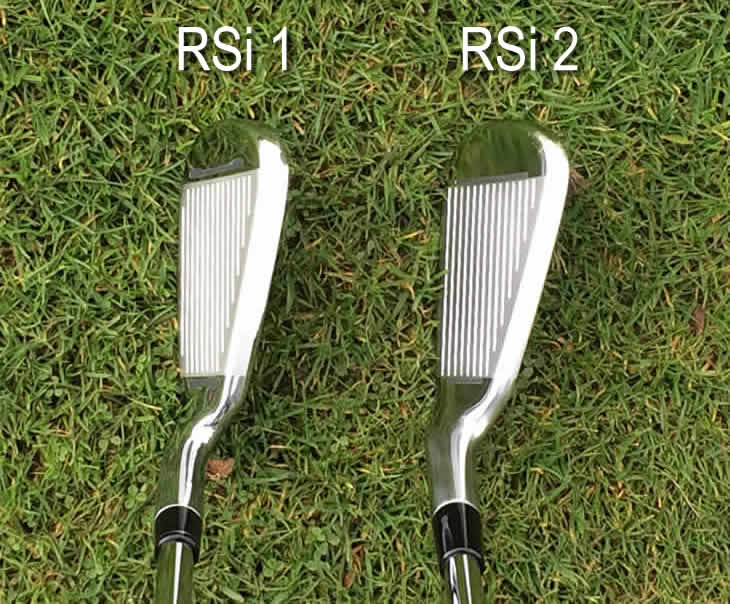
The face slots are thinner on the RSi 2 irons and are straight without the handlebars due to the shallower cavity. They were a little less forgiving than the RSi 1, as you would expect, and it was possible to shape the ball if you wanted to.
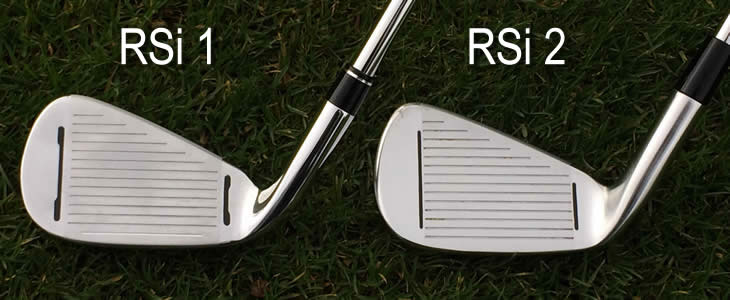
Whilst this is one set, there are actually four different head constructions within it. As well as the Speed Pocket and the Face Slots, the long irons from 3 to 5 iron have a tungsten weight low in the toe to help increase the launch and give you more ball speed.
The 6 and 7 mid irons just have the Face Slots and Speed Pocket on the sole with thin face steel construction, like with most cavity backs.
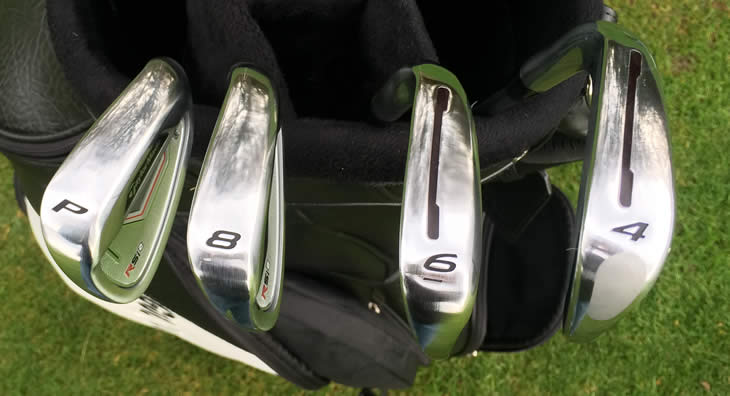
The short 8 and 9 irons lose the Face Slots and have a forged carbon steel face welded on to a cast steel frame. The grooves are milled for more feel and control and there is also a small cavity back.
Finally the wedges are full forged 1025 carbon steel with a tiny cavity back that is wider towards the toe than it is on the heel.
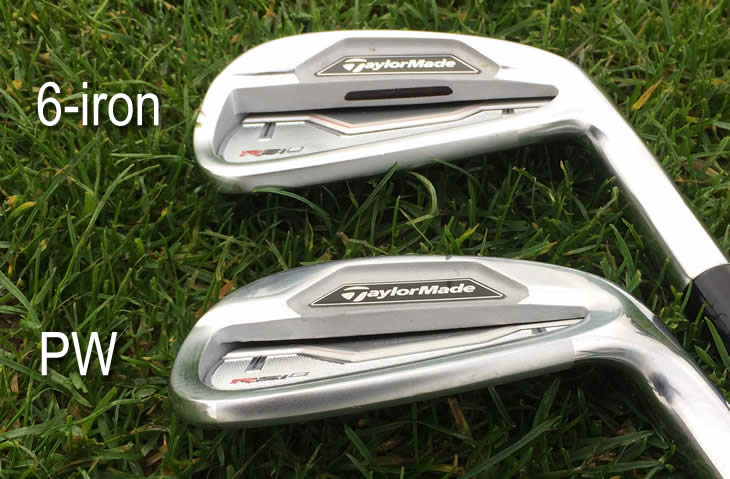
Now you would think that all this variation would provide different results, but actually the trajectories and forgiveness were very consistent throughout the set. TaylorMade say they have used these 'mutliple dampening systems' to improve feel and what is impressive is that the weight of each club in the set feels consistent.
However it always bothers me a little when sets have things added in one iron and some taken out of another, as sometimes the set does not flow and this is the only drawback of this approach for me.
The feel and sound from the 4 different types was quite different. The longer irons felt strong and had a little zip about that as the slots create that extra face speed, but they sounded hollow with the cavity back. The mid irons were almost as you would expect from a better player cavity back, but still a little hollow.
The short irons without the SpeedPocket sounded better and almost what most better player cavity backs should be and what I think the whole set should be. Then the forged wedges felt quite firm and did not give as much feel as a pure forged blade.
None of these is a shot performance issue as the individual clubs all performed well, but to me I like my short irons to sound and feel like my long irons.
TaylorMade RSi TP Irons Review
As you would expect, the TP or Tour Preferred designation means that these irons are aimed at elite amateurs and professionals.
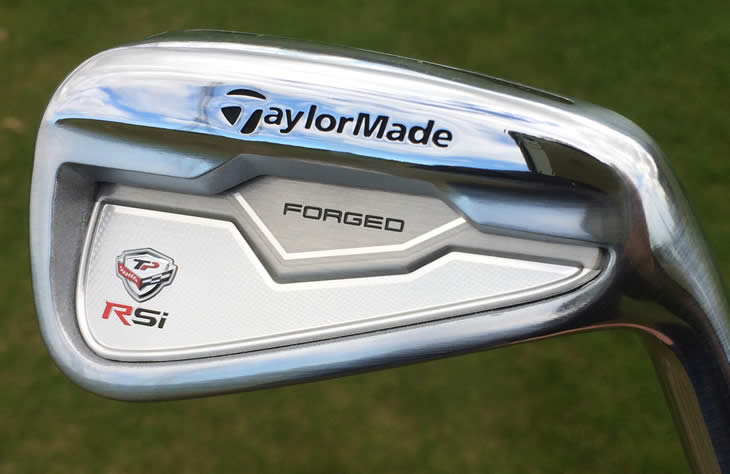
Compared to the RSi 2 irons the TP have a much thinner top line, less offset and a slightly shorter head. The soles are also thinner and that makes them a little more playable from tighter lies.
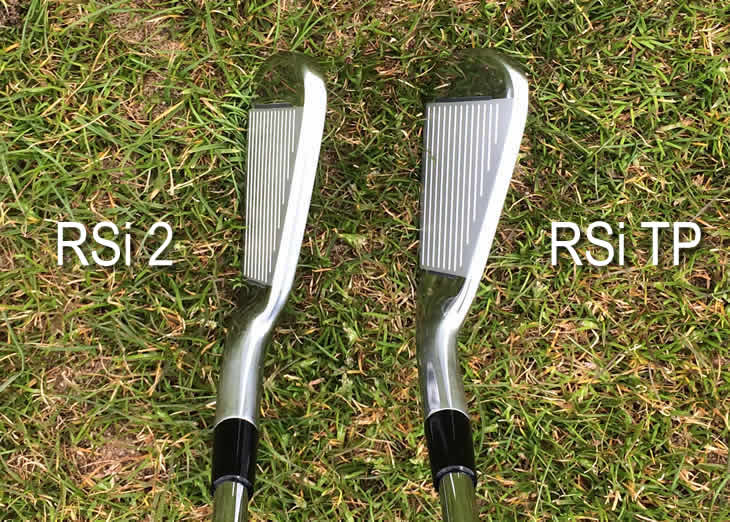
They come with the KBS Tour shaft that suits these clubs very well and the extra 15 grams of weight in the stiff flex gives the TP irons a little more feel that the RSi 2.
Like the other models the face slots and speed pocket go down to the 7-iron and then they close up. The face slots are the same size as the thinner versions on the RSi 2 irons, but due to the smaller face and you hardly notice them at address as they look like shadows.
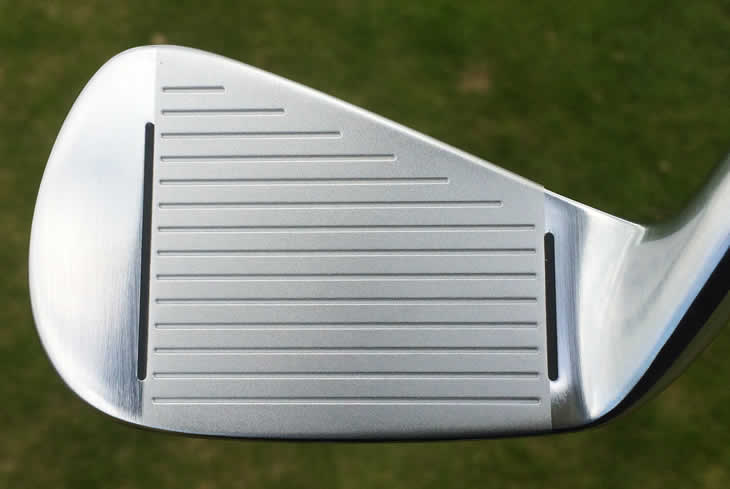
However you could feel the effect of them as even slight mis-hits felt as good as centre strikes.The sound and feel from the slotted irons was a little 'clacky', but not as loud as the other RSi models.
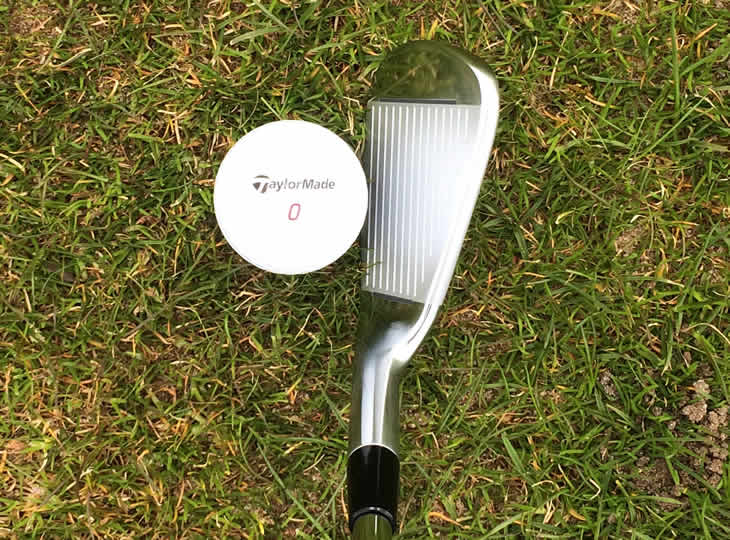
However the short irons and in particular the wedge were lovely and I think this is because there is no cavity in the back at all, just a solid forged head. The feel and sound was lovely and if TaylorMade could make a full set like this then they could be on to a winner.
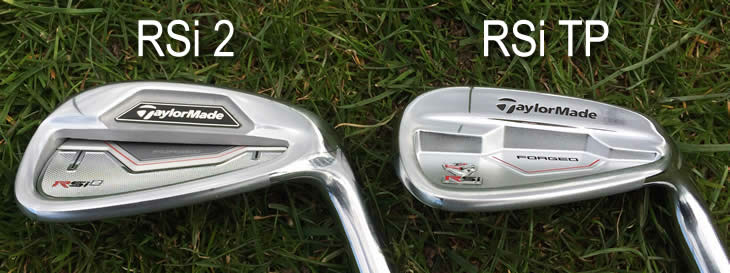
As forgiving as the RSi TP irons are, the consistency in sound is just not there as you go through the set. If that does not matter to you, then I would be tempted to switch in the slightly larger long irons from the RSi 2 set, but with the lofts and standard shaft lengths being different, you would need some expert custom fitting before attempting this.
Summary
The Face Slots do seem to do the job very well and with each set of irons I never really felt that I mishit them unless I really thinned one badly. That in itself gives you a bit more confidence and makes you feel good about your iron play.
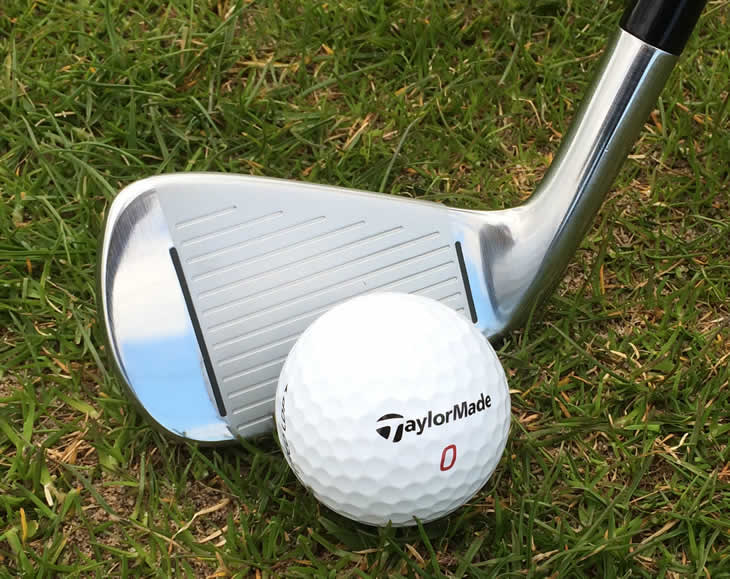
In the smaller headed RSi TP blade the face slots seemed to have a bigger relative performance benefit as the forgiveness right across the face was very consistent. The fully forged non-slotted short irons were excellent and for that reason they are worth considering. However given the head size, the TP will still be for elite players, so the rest of us will have to consider the RSi 1 & 2 irons.
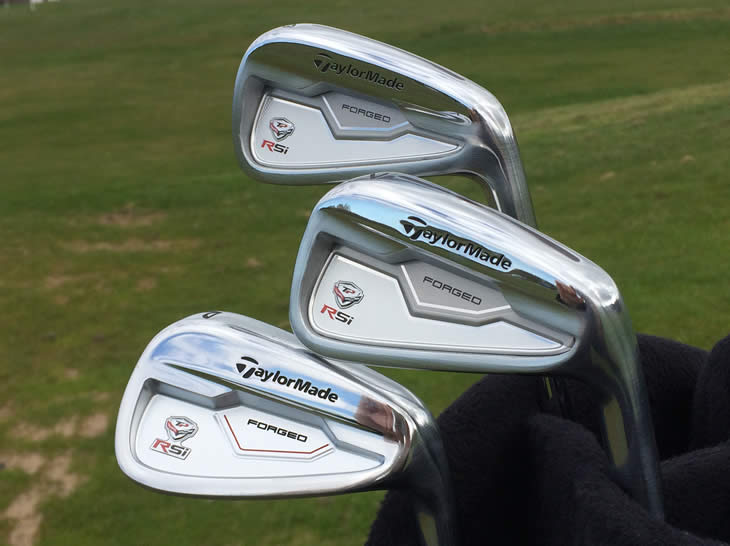
The RSi 2 iron is very competent and in the better player cavity back market it has a slightly bulkier look to than its competitors, from the size of the top line, the hosel and even the KBS Tour shaft, but I quite like that as it makes it look more powerful.
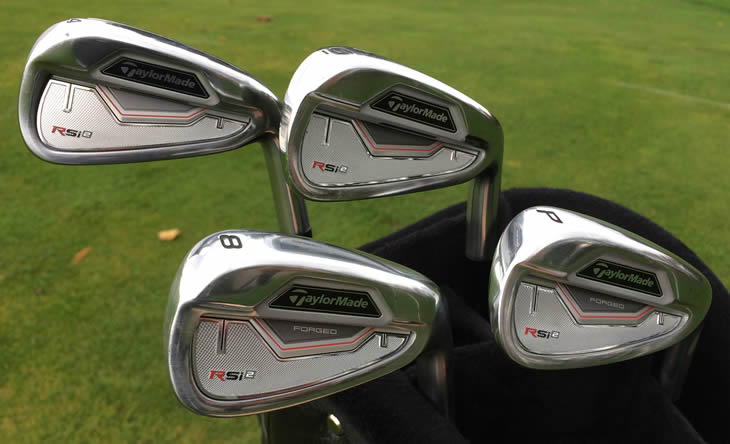
There is not much to dislike, which is what we said about the SLDR iron it is likely to replace. What is holding me back from going all gooey over them is that the set does not flow for me, as the sound and feel changes as you go down through the bag.
Now this is not a deal breaker, but I could think of numerous sets in this sector of the market that offer similar levels of forgiveness and performance from similar head sizes at the same or a lower price. Among single figure handicappers the sound and feel will count more than in other categories and with more choice around, the premium priced RSi 2 could find that their ingenious face may not fit.

The RSi 1 iron is a very forgiving iron as you hardly feel like you miss any of the shots with them, even though you probably are. The style of the head marks it out as mid handicap, but I feel it is hiding a lot more forgiveness than it shows. The sound is OK for this style of iron and that is the only compromise on what is otherwise a solid game improvement iron from TaylorMade.